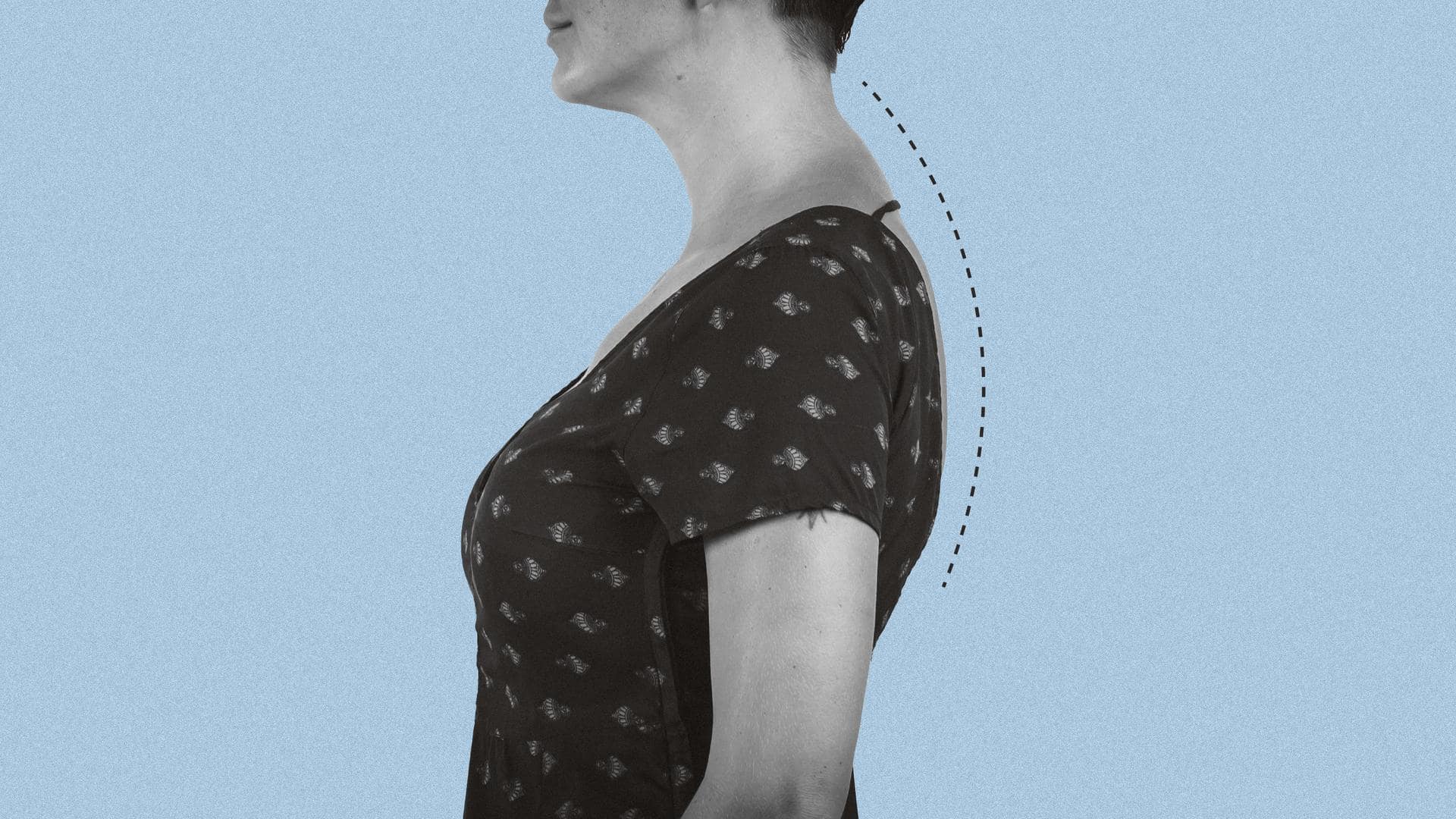
Exercises to alleviate Kyphosis and improve rounded upper back
What's the story
If your teachers and elders always told you to sit up straight and stand tall, it was for a good reason. Maintaining the right posture is important because a bad posture can lead to back pain and neck problems. If you have a rounded upper back and want to improve that, here are five exercises that can help.
Superman
Superman
Lie down on your stomach on the floor. Extend your hands in front of your head. Then, lift your arms and legs off the floor while keeping your head in a neutral position and looking at the floor. Try to feel as if your feet and arms are stretching away from your body. Hold for three seconds and repeat at least ten times.
Wall
Scapular wall slides
Stand against a wall with your feet slightly away from it. Make sure your shoulders, upper back, and hips touch the wall. Raise your arms in front such that they are parallel to the floor. Press your arms against the wall and slide them up while inhaling. Exhale as you slide your arms back down to the starting position.
Spine
Thoracic spine foam rolling
Lie on your back and place a foam roller under your upper back. Place your hands behind your head. Slowly roll up and down, starting from your mid-back to the top of your shoulders. Engage your core and use your legs to facilitate the rolling motion. Take your time and perform slow, deliberate rolls for as many repetitions as you want.
Prone cobra
Prone cobra
Lie face down on the ground with legs extended and palms facing up. Lift your head and chest off the ground. Turn your hands outward, pointing your thumbs towards the ceiling. Squeeze your shoulder blades together and engage your core. Hold this position for at least 15-20 seconds. Repeat this exercise for as many times as you want.
Mirror
Mirror image
Perform the reverse of a curved spine by tucking your chin and taking your head back over your shoulders. Focus on feeling your shoulder blades move back and down. Hold this position for a minimum of 30 seconds to one minute, adjusting based on your strength. If you experience any muscular tension in your back, neck, or shoulder, stop the exercise.